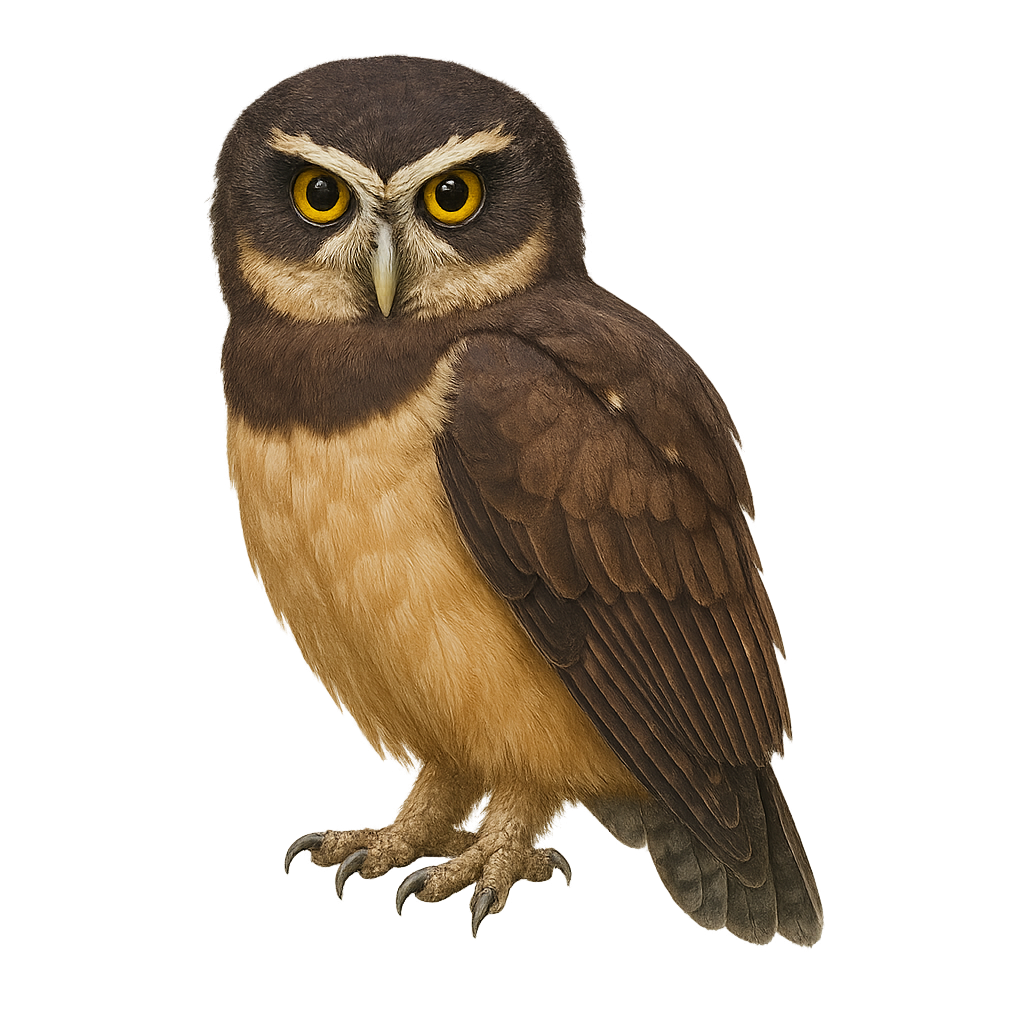Your wildlife photography guide.
Explore the spectacled owl in detail, study its behavior, prepare your shots.
Where to observe and photograph the spectacled owl in the wild
Learn where and when to spot the spectacled owl in the wild, how to identify the species based on distinctive features, and what natural environments it inhabits. The WildlifePhotographer app offers tailored photography tips that reflect the spectacled owl’s behavior, helping you capture better wildlife images. Explore the full species profile for key information including description, habitat, active periods, and approach techniques.
Spectacled Owl
Scientific name: Pulsatrix perspicillata

IUCN Status: Least Concern
Family: STRIGIDAE
Group: Birds
Sensitivity to human approach: Suspicious
Minimum approach distance: 10 m
Courtship display: February to April
Incubation: 34-36 jours
Hatchings: March to May
Habitat:
tropical forests, rainforests, mangroves
Activity period :
Mainly active at night, generally discreet during the day.
Identification and description:
The Spectacled Owl, or Pulsatrix perspicillata, is a medium-sized nocturnal raptor known for its distinctive white facial markings that resemble spectacles. It has dark brown plumage with a white chest and cream-colored belly. Found primarily in the dense tropical forests of Central and South America, this species is recognized by its deep, resonant "hoo-hoo" call. It primarily feeds on small mammals, birds, and insects. The Spectacled Owl is a solitary and territorial bird, often seen perched on low branches while hunting for prey.
Recommended lens:
400 mm – adjust based on distance, desired framing (portrait or habitat), and approach conditions.
Photography tips:
To photograph the Spectacled Owl, it's essential to blend into the environment and remain silent to avoid startling it. Use a telephoto lens of at least 400mm to capture detailed images from a distance. Prefer twilight or nighttime hours when the bird is most active. A tripod can be helpful to stabilize the camera in low-light conditions. Be patient and wait for the owl to perch on an open branch to get the best angle.
The WildlifePhotographer App is coming soon!
Be the first to explore the best nature spots, track rutting seasons, log your observations, and observe more wildlife.
Already 1 439 wildlife lovers subscribed worldwide

